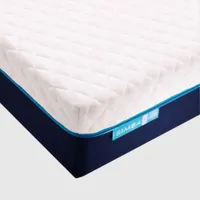I thought I only liked 'extra firm' mattresses until Simba's Hybrid Pro changed my mind
Plush up top yet solid and supportive down below, the Simba Hybrid Pro Mattress is a great option for side sleepers and anyone who needs pressure relief
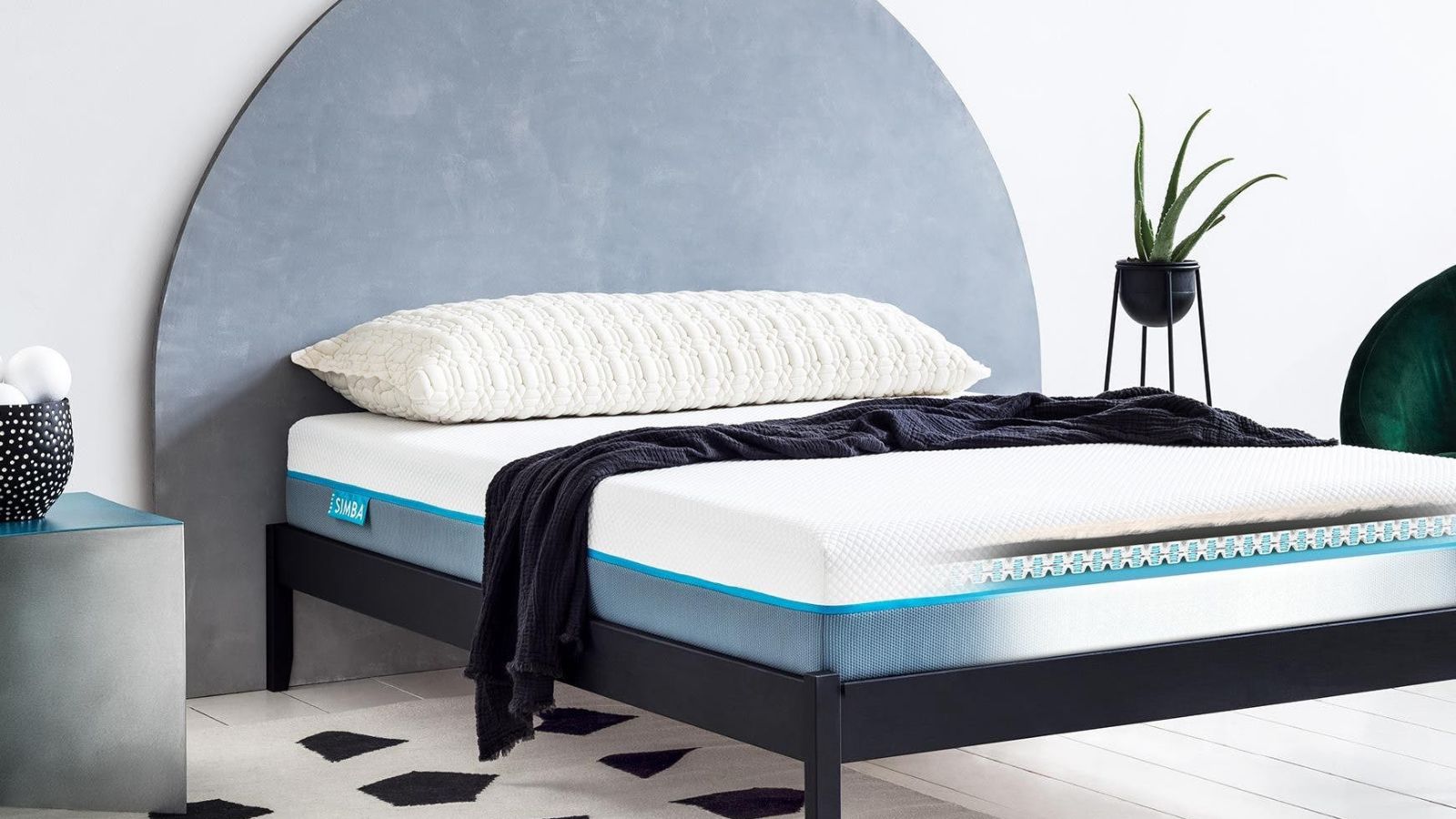
Simba’s The Hybrid Pro is a great choice for sleepers who require firm support but enjoy the comfort of a pillow-top or foam hybrid mattress. The double layer of micro springs combined with the foam and wool topper provides full-body support without sacrificing comfort.
-
+
Excellent temperature regulation
-
+
Motion isolation is perfect for partners
-
+
Made with eco-friendly components
-
+
Priced competitively compared to similar products
-
-
Ticking shows sweat marks easily
-
-
Poor edge support
You can trust Homes & Gardens.

It’s an understatement to say I feel strongly about mattresses. Between the versions we’ve tried (and returned) in our own home, as well as the many beds I sleep on each year while writing travel stories, I’ve developed some strong opinions about where I lay my head each night. A back injury in my thirties means my body is a bit picky about support, firmness, and pressure relief.
On my quest for the perfect bed, I once spent two hours with an award-winning mattress salesman in my city as he walked me through the many steps to choosing a mattress. It’s both a science and an art. This master class culminated in a tour of their mattress factory, where I took a turn placing batting on a pillow top and stitching up the edge binding myself.
Whether testing mattresses, toys, or tech, I approach each review carefully and thoughtfully. As a consumer myself, I know that most shoppers have limited time and resources – and are looking for someone to take the guesswork out of their purchases. When testing sleep products for H&G, we are always on the hunt for the best mattress on the market. That’s why I slept on this bed myself, conducted experiments to test the performance of the mattress, and even invited my kids to try the beds out and give their feedback. We tested the Simba Hybrid Pro for one month in our home, placing it both in the primary bedroom and in a teen child’s bedroom during the testing period.
Simba Hybrid Pro Mattress review – tried and tested
Unlike your average hybrid mattress, the Simba Hybrid Pro feels both soft and supportive all at once. With 5,000 Aerocoil steel micro springs in two layers, the base of this mattress is solid. The springs are topped with Simbatex memory foam, a wool blend layer, and a hypoallergenic knit cover. The Hybrid Pro is Simba’s top-tier hybrid mattress at $1,799 for a Queen, which is an average price point for similar products.
Simba Hybrid Pro Mattress | $1,799 for a Queen
Simba Hybrid Pro Mattress specifications
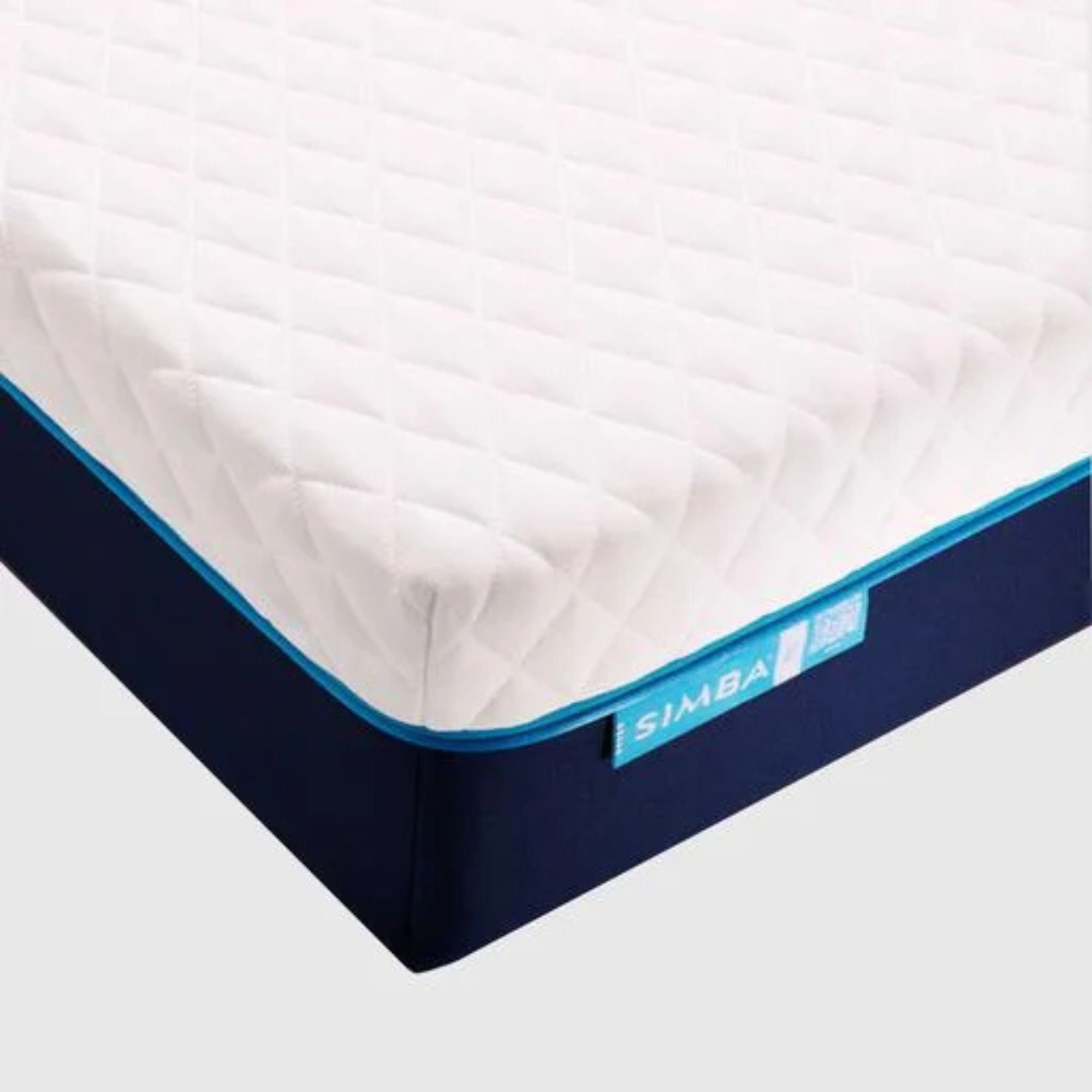
Price | $1,399 - $2,099 |
Firmness | Medium |
Thickness | 14 inches |
Type | Hybrid |
Sizes | Twin, Twin XL, Full, Queen, King, California King |
Sleep trial | 100 nights |
Warranty | 10 years |
Delivery | Free shipping and free returns |
Who would the Simba Hybrid Pro Mattress suit?
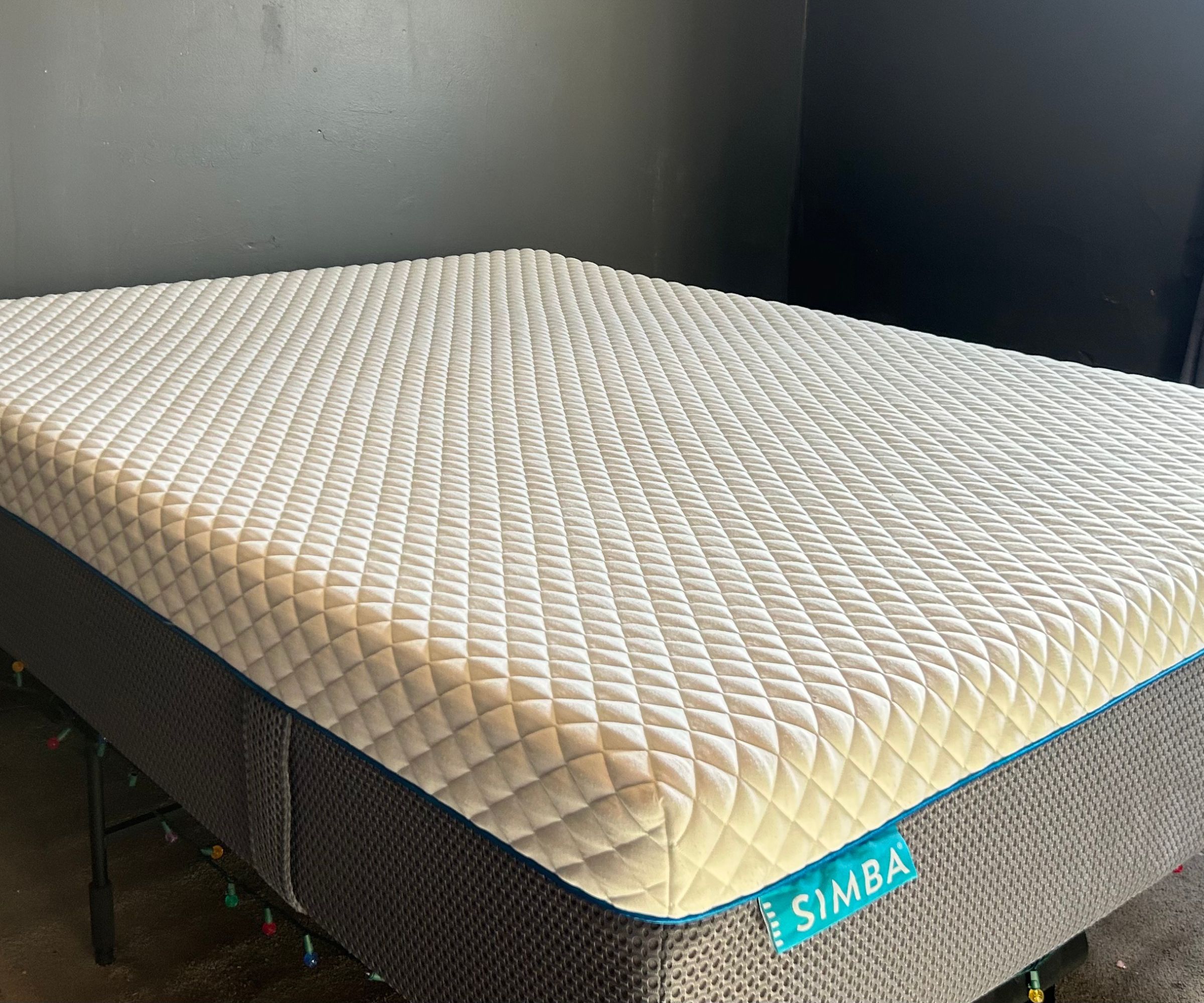
- Partners with different sleep preferences: I require a firm and supportive mattress due to a disc injury in my back, but my husband prefers a plush feel. We have had a hard time compromising, but the Simba Hybrid Pro Mattress feels like a win.
- Hot sleepers: as someone who often wakes up overheated, the number-one feature I personally look for in a mattress is temperature control. Accessories like the best cooling sheets and cooling mattress toppers are great, but I found Simba's mattress to cool wonderfully without any intervention.
- Side sleepers: the Simba Hybrid Pro Mattress feels great for back sleepers, as confirmed by my 11-year-old son who helped to test it out for several nights. As a side sleeper myself, I was concerned that the softer feel would mean a lack of support. In fact, I found the opposite to be true. I woke up feeling rested and was not sore in the least.
What is the Simba Hybrid Pro like to sleep on?
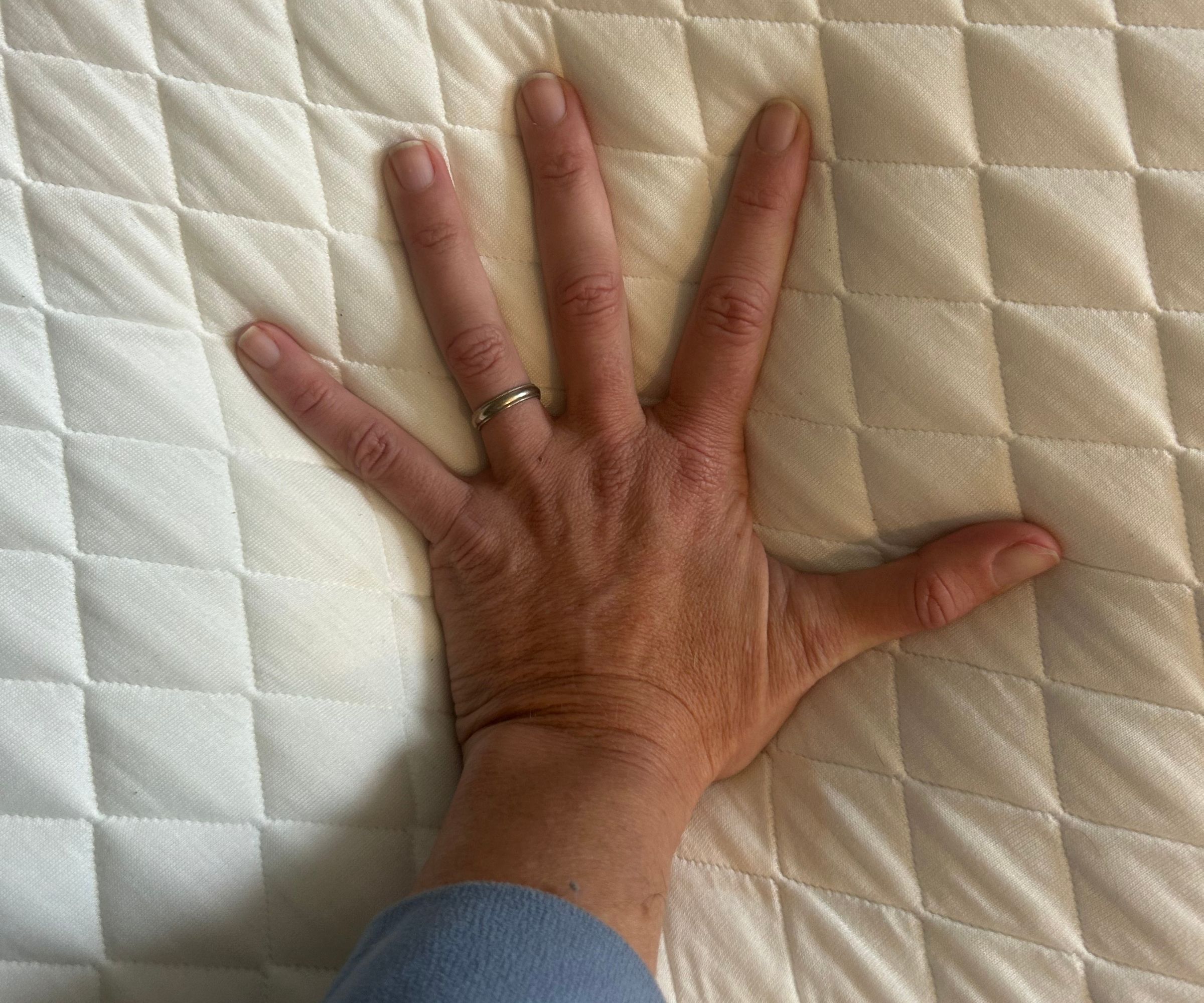
- Pressure relief: when I first stretched out across the Simba Hybrid Pro, I admit I was skeptical that it would provide the support and pressure relief I needed, particularly in my lower lumbar region. The initial feel is soft − I did sink down quite a bit. However, it was immediately clear to me that the springs in this mattress are more substantial than some other hybrid mattresses we have tried in the past. The first two nights on The Hybrid Pro I did wake up with some stiffness in my lower back, but this was due to my body adjusting to a different type of support than my previous innerspring mattress. This mattress provides great pressure relief without feeling like sleeping on a board, which is a huge plus. On a mattress firmness scale of 1-10, I would rate this mattress a 6.5, though it sleeps more like an 8 or 9 due to the layers of support.
- Thermoregulation: since middle age has hit, I’ve found that I sleep hotter than I have at any point in my life − so thermoregulation is one factor that matters to me when choosing a mattress. In the past, I have found almost all foam or hybrid mattresses to sleep very hot. Before the Simba Hybrid Pro even arrived, I was excited about the positive reviews mentioning great thermoregulation. Simba says this is due to graphite flakes in the foam. Graphite is highly conductive and carries excess thermal energy away from the body and out of the bed. found my experience matched the positive reviews. Even with a 100% cotton mattress protector on top of the cooling wool layer, I woke up feeling rested and cool most mornings. I tested the bed with and without a mattress protector, and found the thermoregulation to be better without one − but the thin ticking seems to require one for protection. Simba does sell a mattress protector, which may be a better option than the one we use. Despite this mattress sleeping cooler than most, we did find some sweat stains on the ticking after a few weeks – even with the best mattress protector. The ticking on the sleep surface is a fine, soft poly blend knit. This helps with cooling and breathability but does make The Hybrid Pro less “scrubbable” than traditional mattresses. Simba recommends spot cleaning with a light circular motion and a mild cleanser. In our case, this technique was unsuccessful. Simba does sell covers separately if one is damaged or if you prefer to have a spare on hand. Directions for replacing the cover are illustrated to avoid confusion. Given the fine knit of the ticking, I would expect most consumers to replace the cover at least once during the life of the mattress.
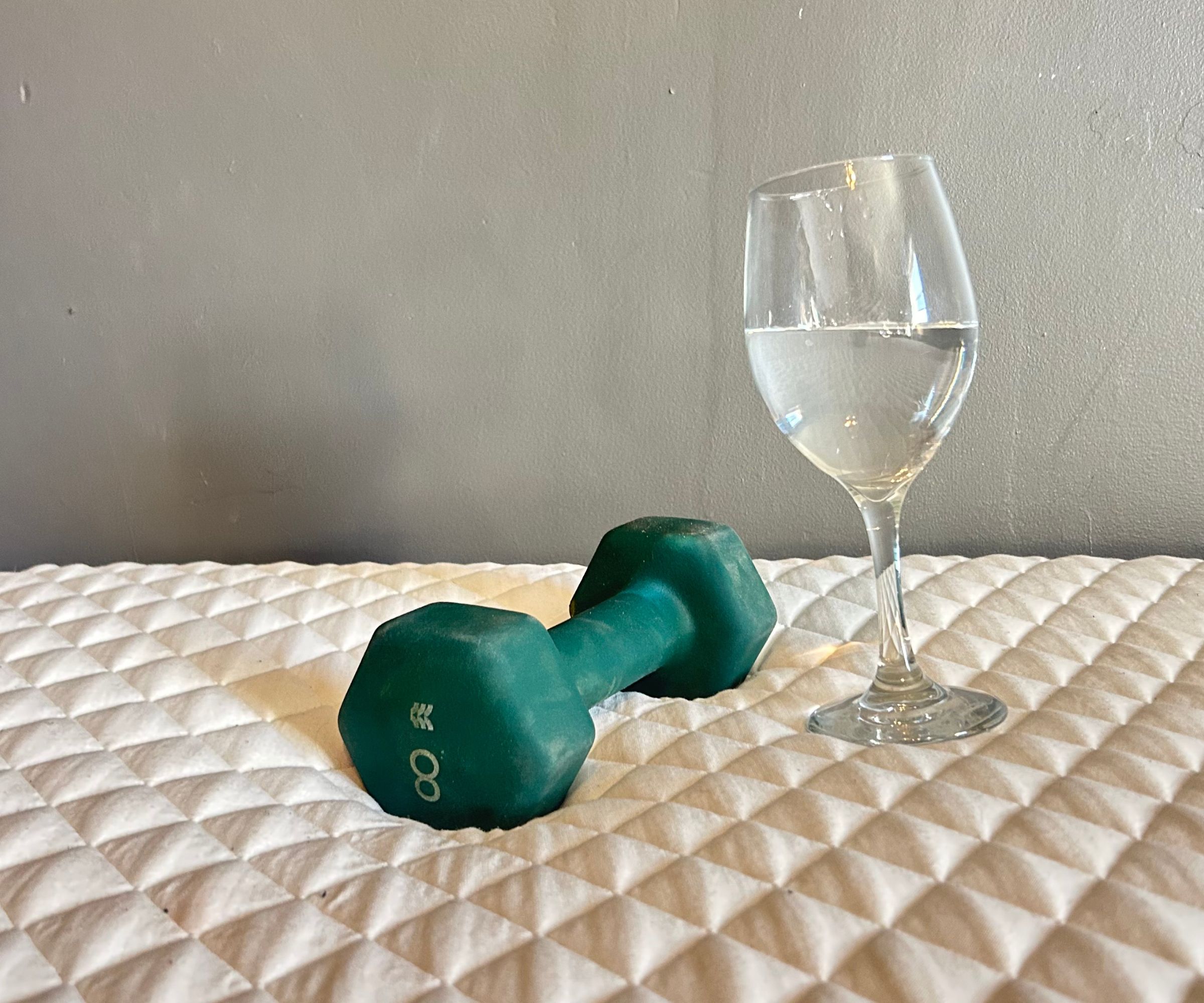
- Motion isolation: given the cushy top of the Simba Hybrid Pro, I was concerned about motion isolation. I tend to sleep in one position all night while my partner moves regularly. I tested the motion isolation by placing a wine glass of water on the mattress and then setting an eight-pound hand weight near it. The glass did lean towards the weight but did not tip over. Once I sat on the bed, it did tip. This is a fairly accurate depiction of our sleep experience on the bed. I was not disturbed by minor tossing and turning, but if my partner got into or out of bed, I felt my body shift. I would rate the motion isolation for The Hybrid Pro as average for mattresses overall—and slightly above average for hybrid mattresses. If you're looking for a high-tech hybrid with outstanding motion isolation, I recommend the Tempur-Pedic ProAdapt Mattress.
- Edge support: as with many hybrid mattresses, the Simba Hybrid Pro does not have as much edge support as a traditional innerspring mattress. Sitting on the edge to put on a pair of shoes, I sunk fairly far into the mattress. Nonetheless, this lack of edge support does not affect sleep. I did not feel as if I would tip off the edge when lying on the bed at any time. The edge support seemed to decline with direct pressure like sitting, but when my body weight was evenly distributed the edges held up. When a hand weight is placed across the edge of the mattress it does sink significantly, but when that same weight is placed along the mattress near the edge, the mattress holds its shape well. If you need a little help getting into and out of bed, I recommend a mattress with excellent edge support, such as the DreamCloud Luxury Hybrid Mattress.
- Practical points: The Simba mattress arrived via FedEx in a compact box. The driver left the box on the front walk rather than the porch due to its weight, but since I had received text updates about the delivery I was able to move it quickly inside with a dolly. It took two adults to carry upstairs in our home. At first, I was concerned that the company had sent a twin mattress by accident due to the size of the box. Upon opening it, however, the queen was both folded in half and then rolled up. Despite being heavily compressed, the mattress expanded to its full size in just a few hours. Simba says their mattresses are ready to use within six hours of unboxing, though they may continue to expand for up to 72 hours. I did not notice any difference in firmness between nights one and three. Simba offers a 100-night mattress sleep trial on every mattress. Don’t love it? They will coordinate removal and either send a different model or refund your money. If you do love it, it's still covered by a 10-year mattress warranty.
How does the Simba Hybrid Pro rate online?
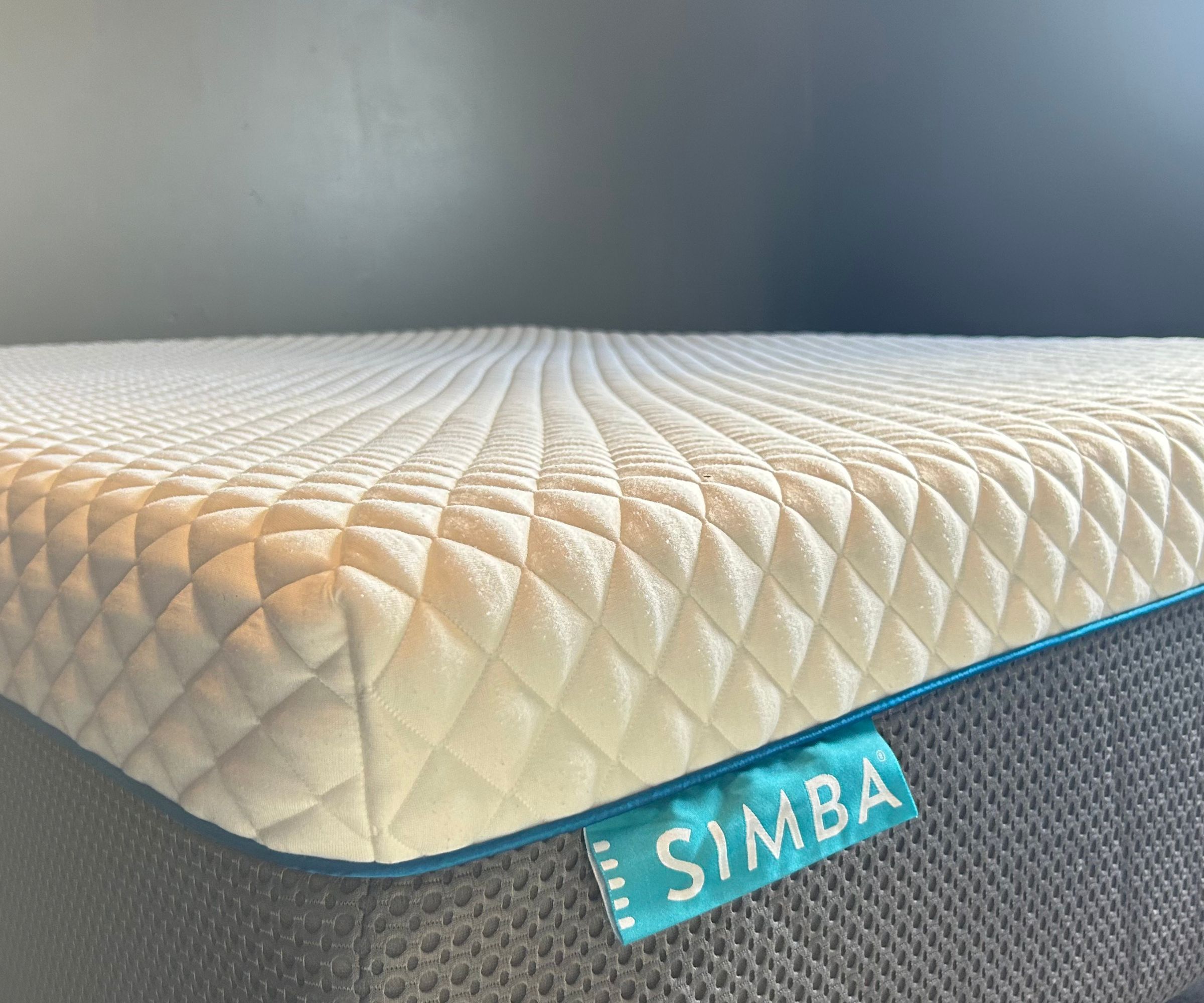
Simba boasts hundreds of thousands of reviews online across their own site, retailers such as Amazon, and review sites like Trustpilot. Overall, reviews are positive all averaging above 4 stars on a scale of 1 to 5. Many customers note that other hybrid mattresses did not work for them, but the Simba Hybrid Pro helped their aches and pains. Many reviews mention the excellent thermoregulation as well. Of note, most negative reviews were accompanied by a note that Simba followed up and has excellent customer service.
Should I buy the Simba Hybrid Pro?
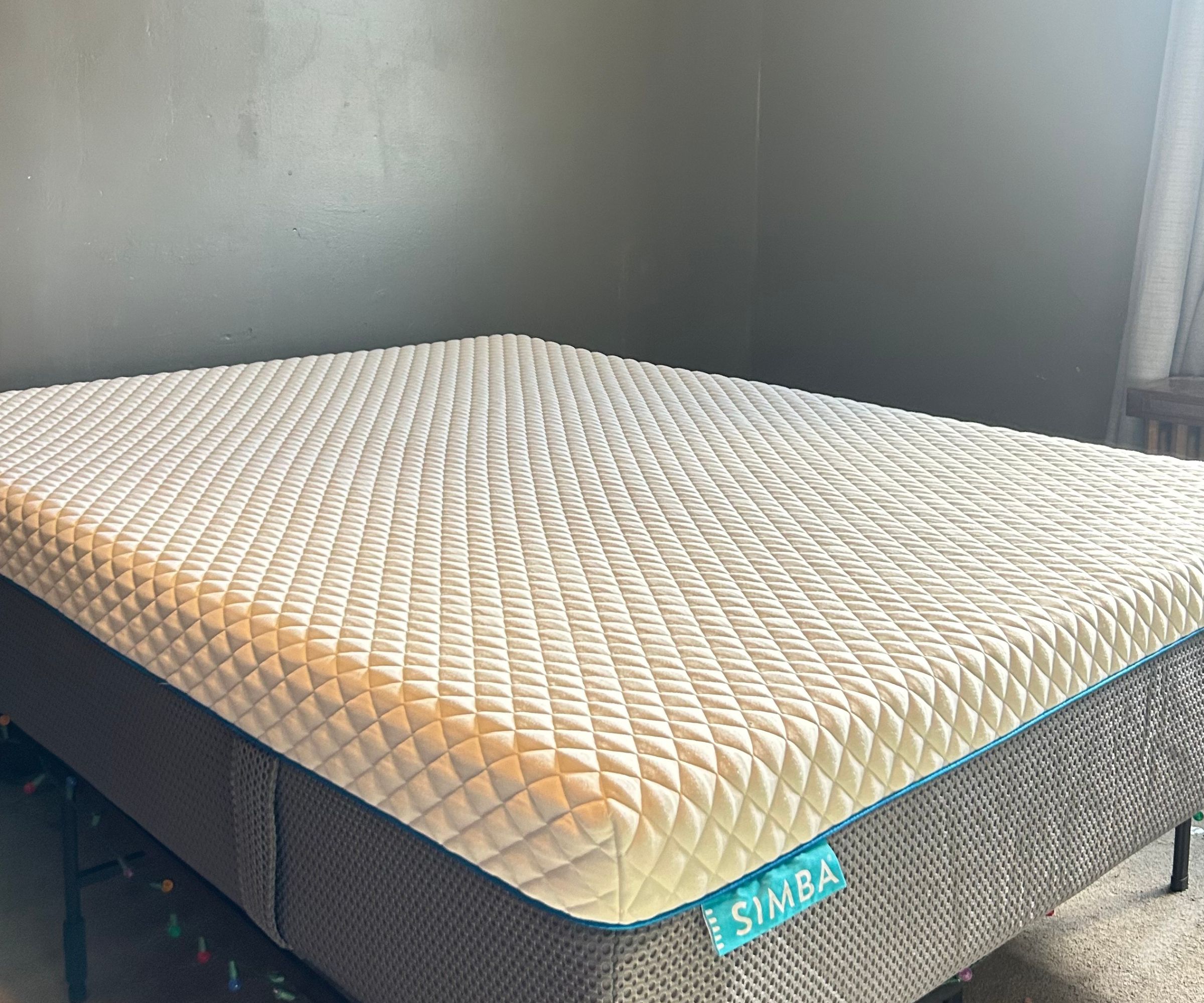
Few decisions are more overwhelming than choosing a new mattress. For most individuals, it is a costly purchase that affects their life each and every day. For shoppers considering the Simba Hybrid Pro, the $1,799 price tag may feel hefty – but it’s competitive in the luxury hybrid mattress space. The 100-night sleep trial is a major perk of Simba mattresses. Some reviewers noted that when The Hybrid Pro was too soft for their needs, Simba exchanged their bed without any hassle for a firmer model. While the lightweight ticking was not our favorite feature, I do appreciate the ability to purchase replacement covers.
While the Simba Hybrid Pro did change my opinion of hybrid mattresses as a whole with its superior design, I have decided to stick with my orthopedic mattress for now. Thankfully, our adolescent son decided to replace his Stearns & Foster mattress with Simba’s product. We expect it to hold up well for many years as he grows.
Design expertise in your inbox – from inspiring decorating ideas and beautiful celebrity homes to practical gardening advice and shopping round-ups.
Simba Hybrid Pro Mattress | $1,799 for a Queen
How we test mattresses
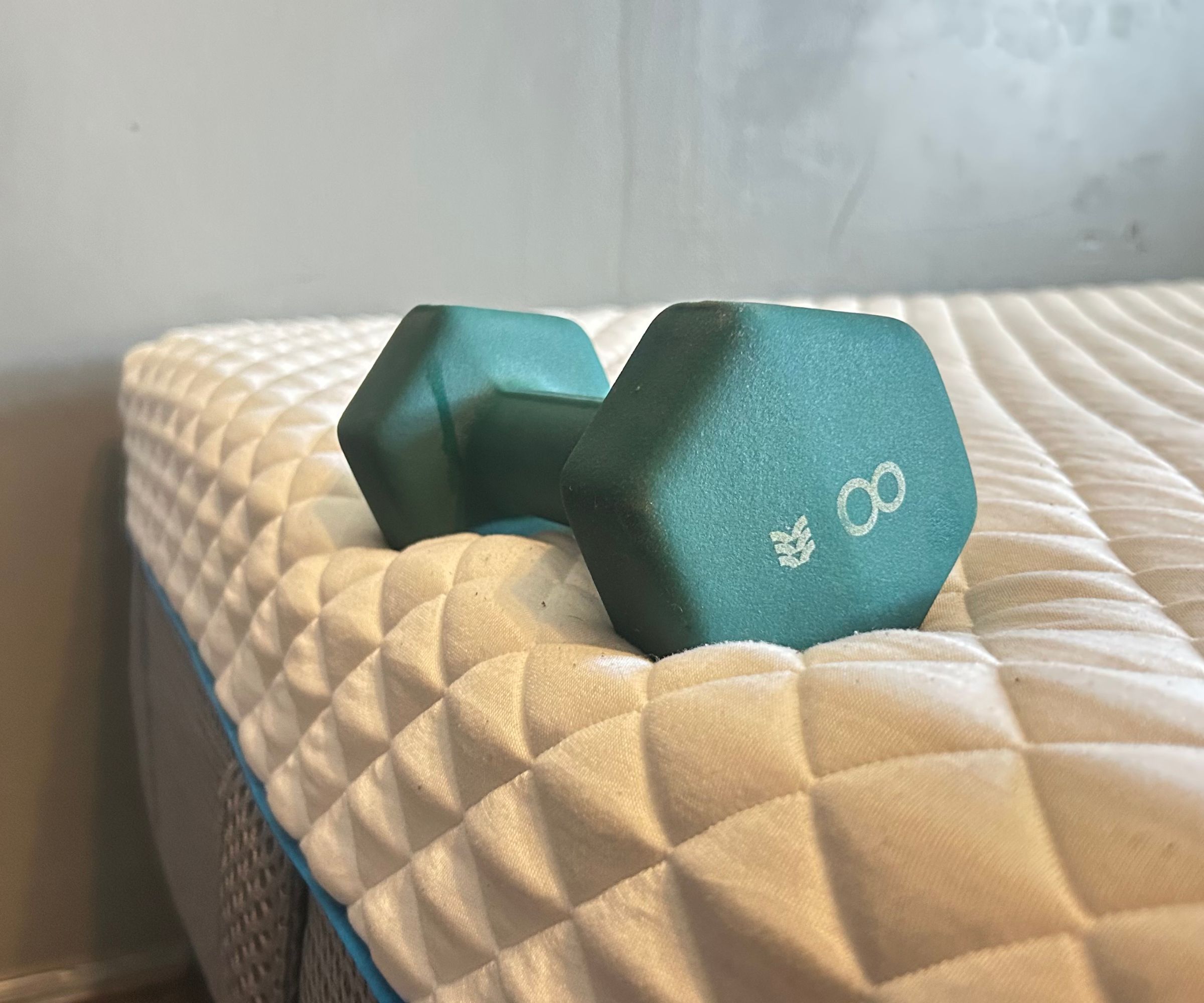
I'm part of a team of expert testers, leading the charge to find the world's best mattress. Together, we represent a wide range of ages, sleep styles, and body types. We test mattresses for a minimum of 30 nights in our own homes before we write our initial reviews. This accounts for the time it takes to get used to a new mattress and gives an accurate indication of long-term performance.
We assess each mattress against the same criteria: pressure relief; thermoregulation; motion isolation; and edge support. To assess pressure relief, we lie down on the mattress, switching between our stomachs, backs, and sides to consider how comfortable the mattress feels in each sleep position. To assess thermoregulation, we switch off our AC to sleep through heat waves and cold snaps, making note of any time we wake up in a sweat.
To assess motion isolation, we fill a glass with water and set it in the middle of the mattress. Then, we take a weight and set it on the mattress, moving incrementally closer to the glass. The more the glass moves, and the more water spills, the worse the motion isolation and the less suitable the mattress for couples and light sleepers. To assess edge support, we sit on the side of the mattress and measure how far we fall. The further we fall, the worse the edge support, and the harder it might be to get into and out of the bed.
We also consider the practical aspects of buying a mattress, from the length of the sleep trial to the details of delivery. We like to compare our findings against verified customer reviews to pick out common pros and cons from long-term use. Finally, we bring it all back to the price of the mattress to help you determine value for money.

Meg is a freelance writer, whose work features in publications such as Good Housekeeping, The Washington Post, and The New York Times. As a travel journalist, Meg writes all around the world and sleeps on all manner of mattresses. She's toured a mattress factory in Pittsburgh, PA, where she lives with her husband and their four children.
